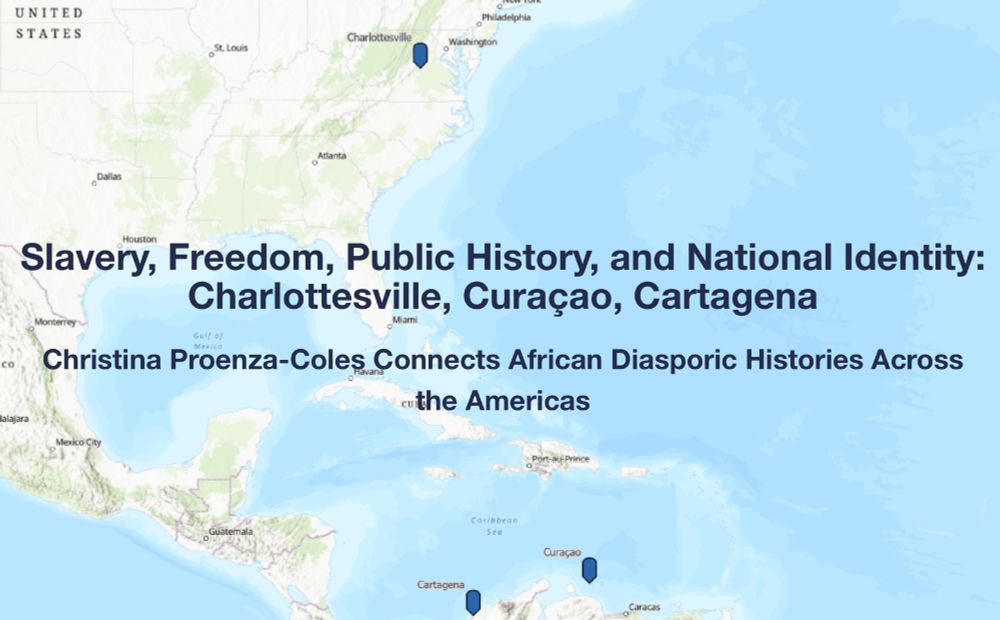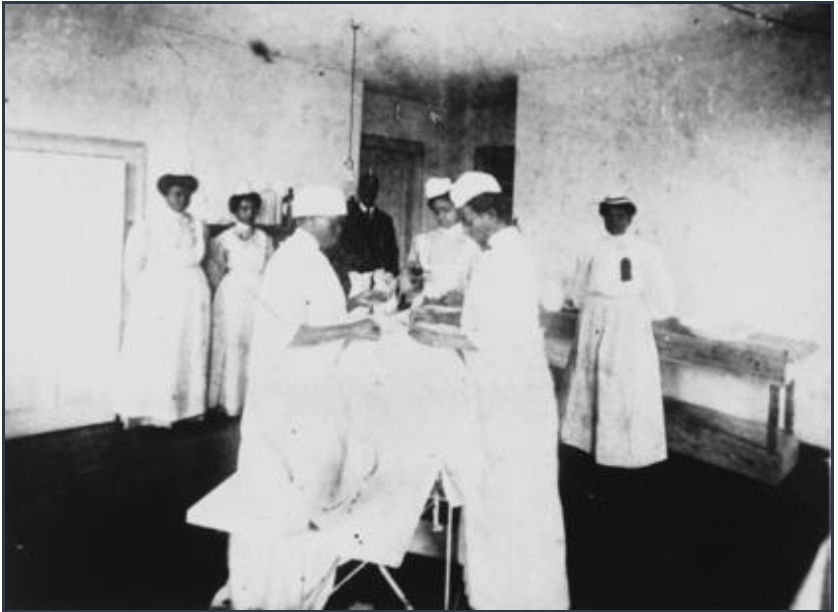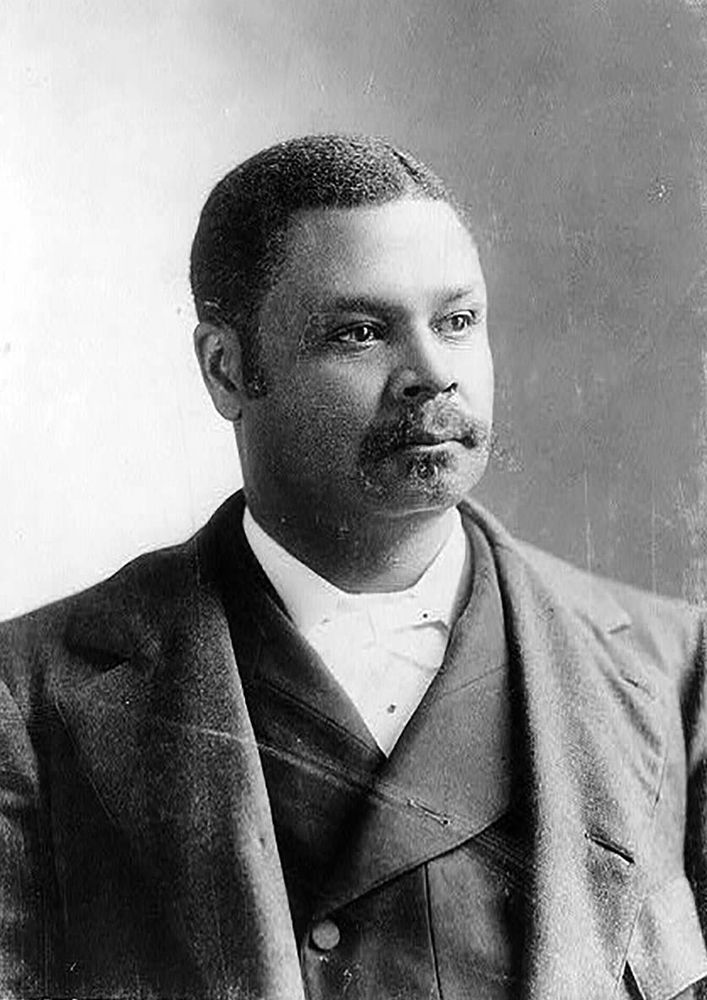Christina Proenza-Coles
@proenzacoles.bsky.social
4.6K followers
1.3K following
450 posts
Author of AMERICAN FOUNDERS: How People of African Descent Established Freedom in the New World. I study, research, teach, & post American history.
Posts
Media
Videos
Starter Packs
Pinned

























